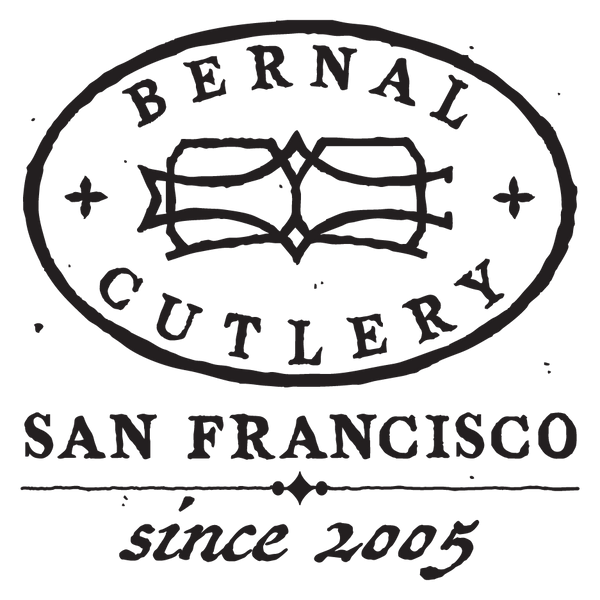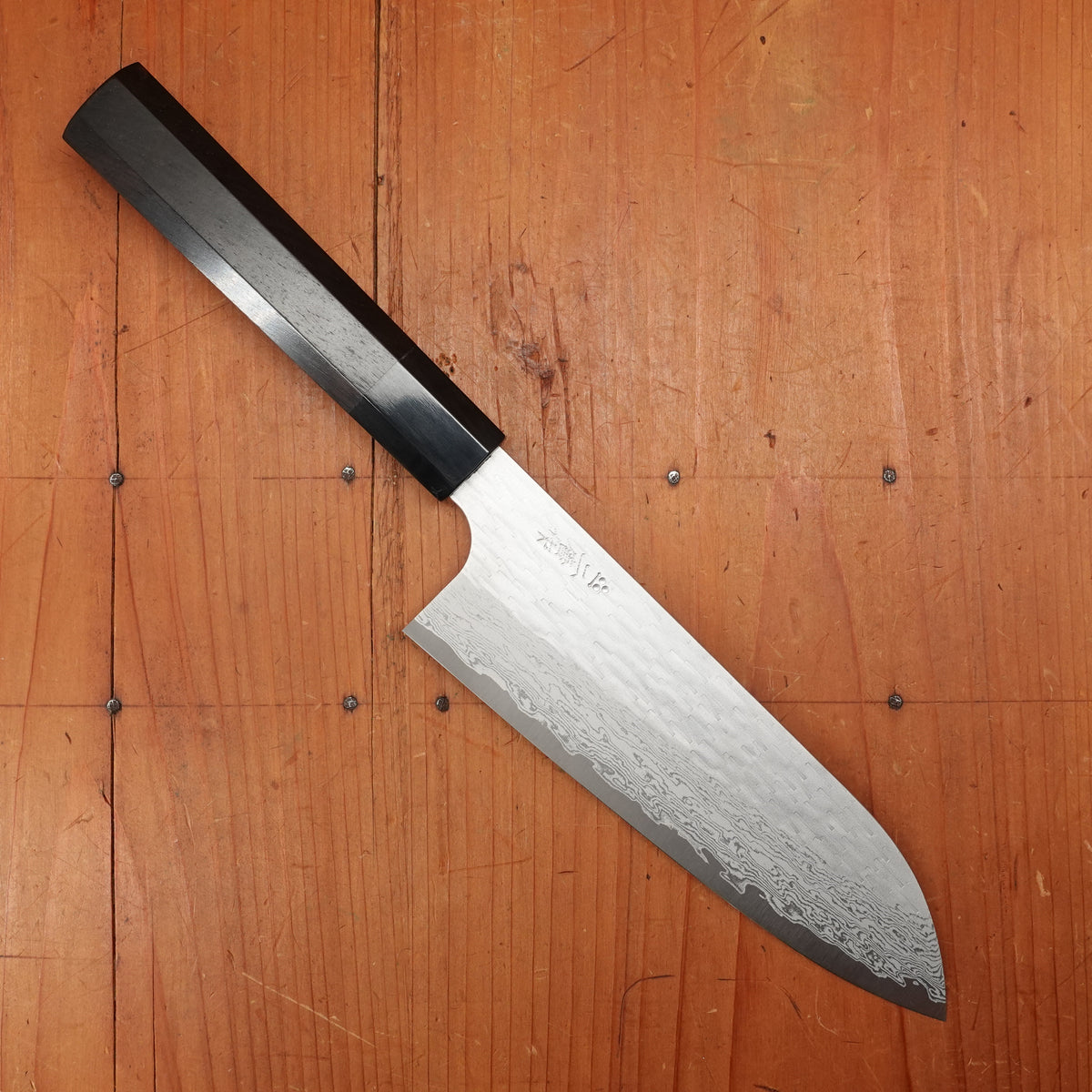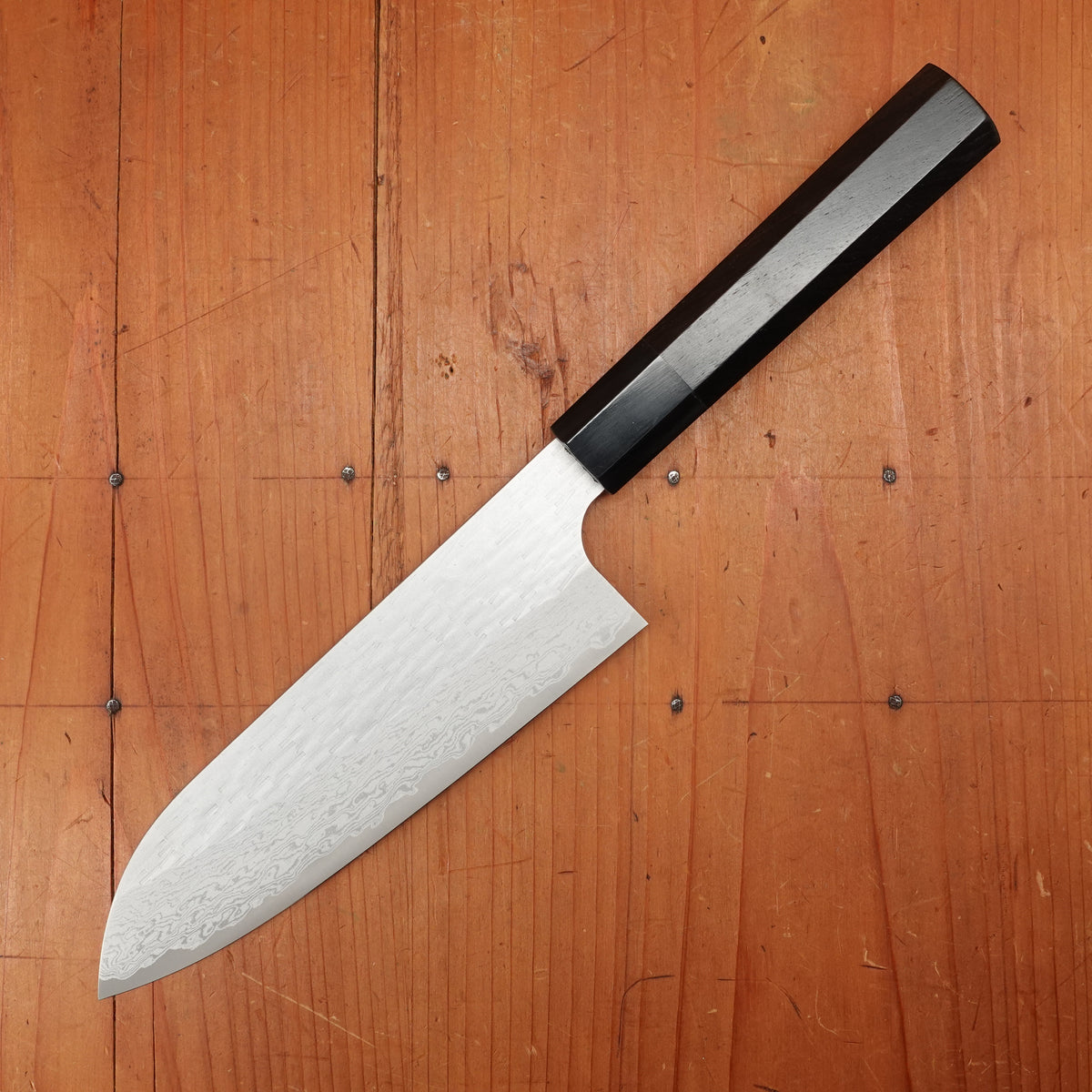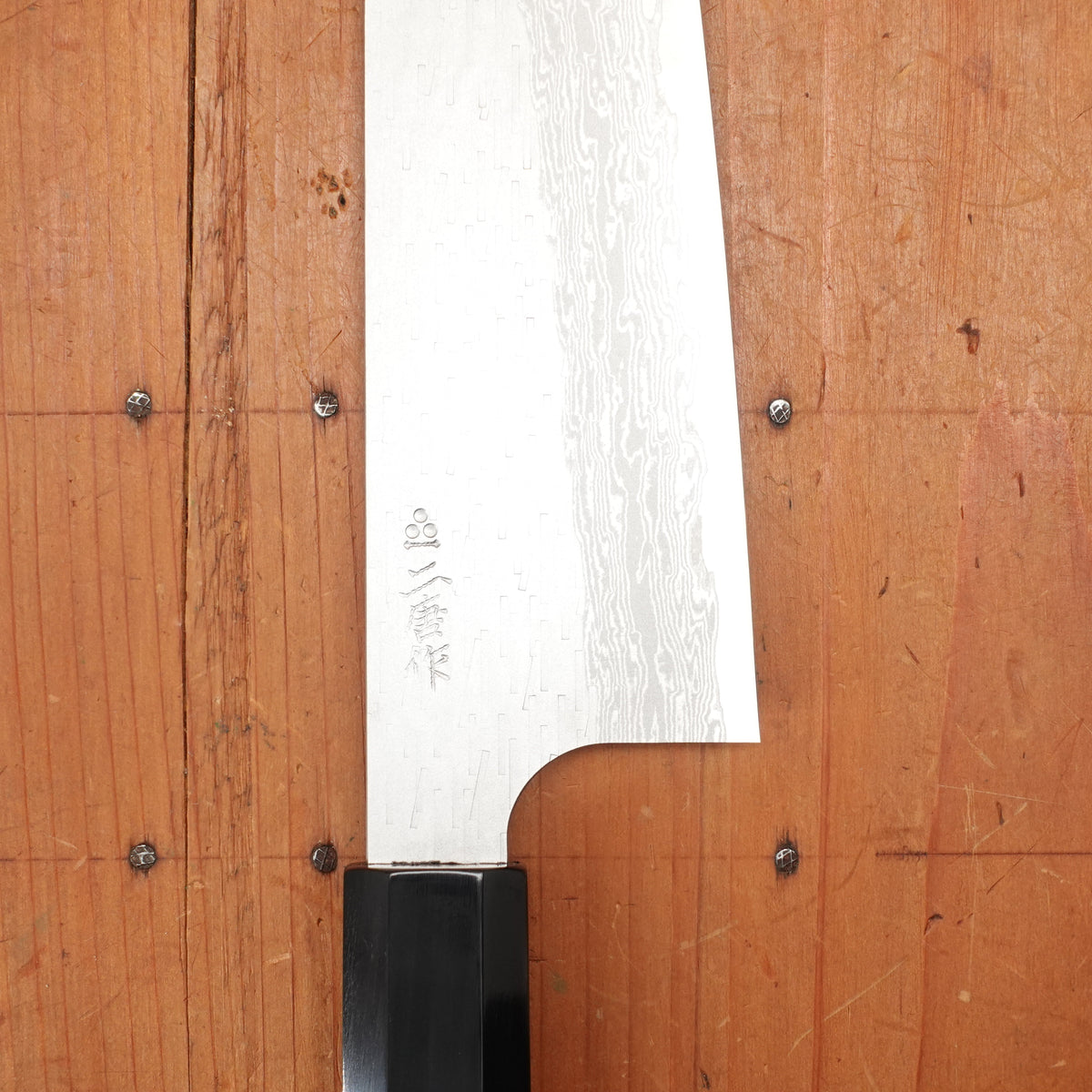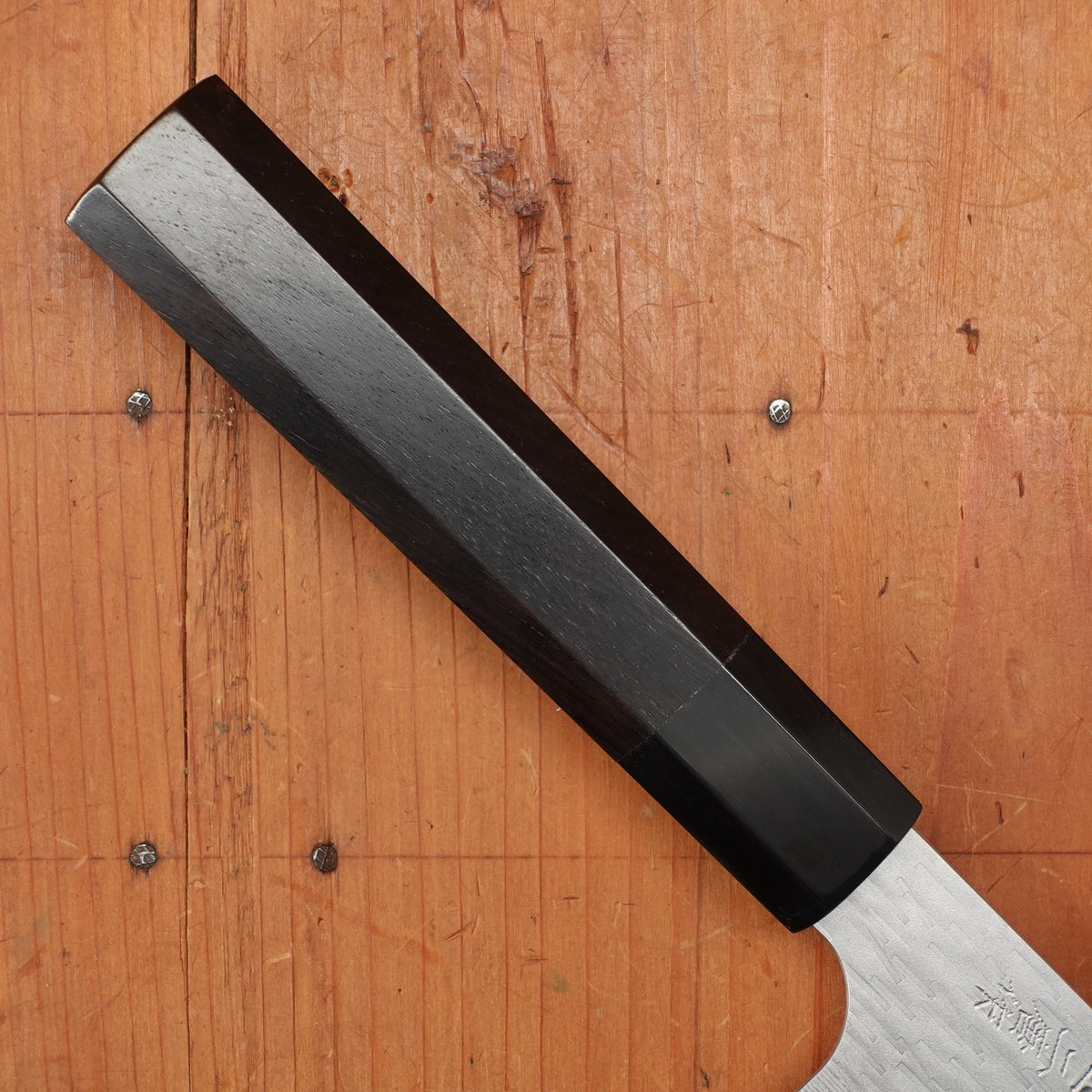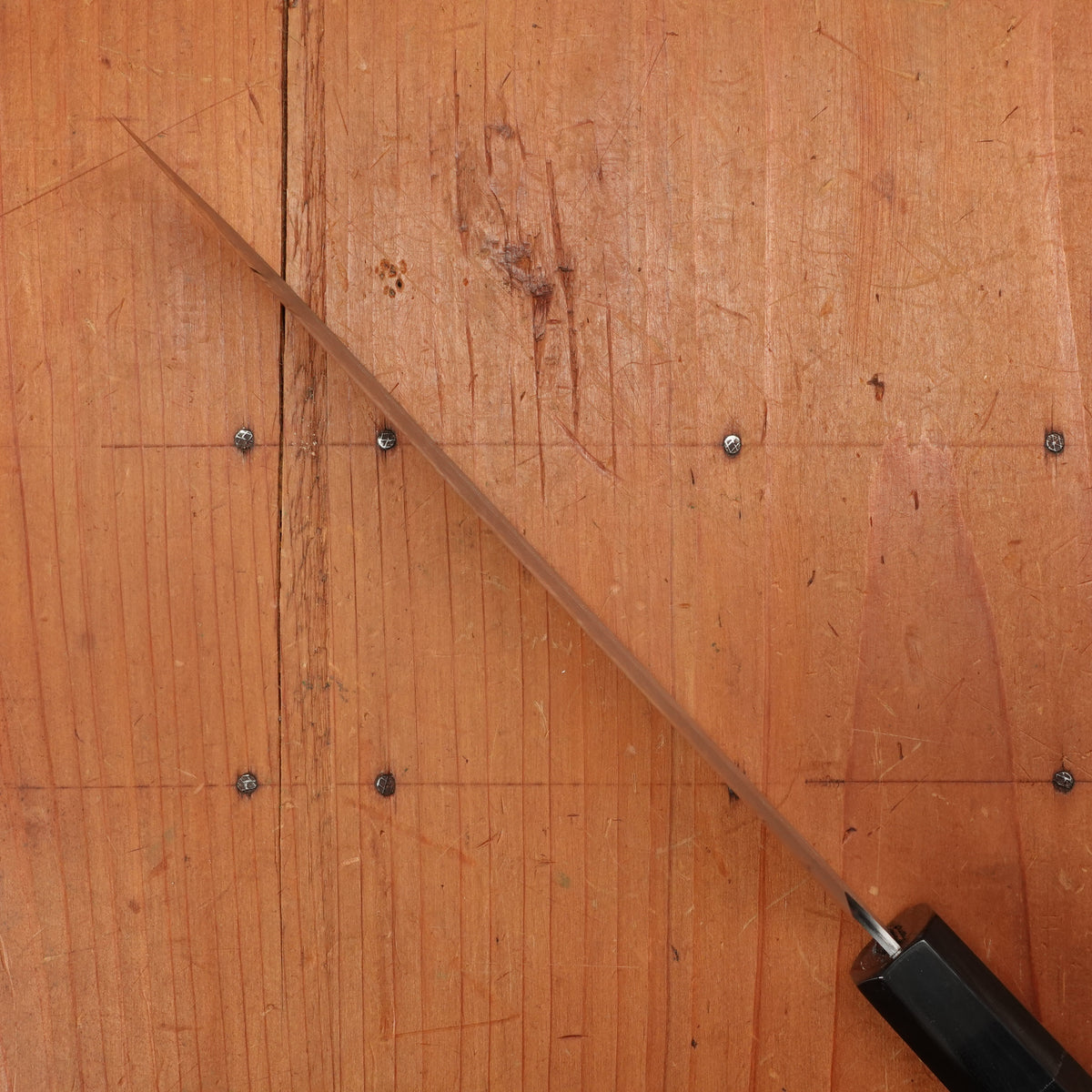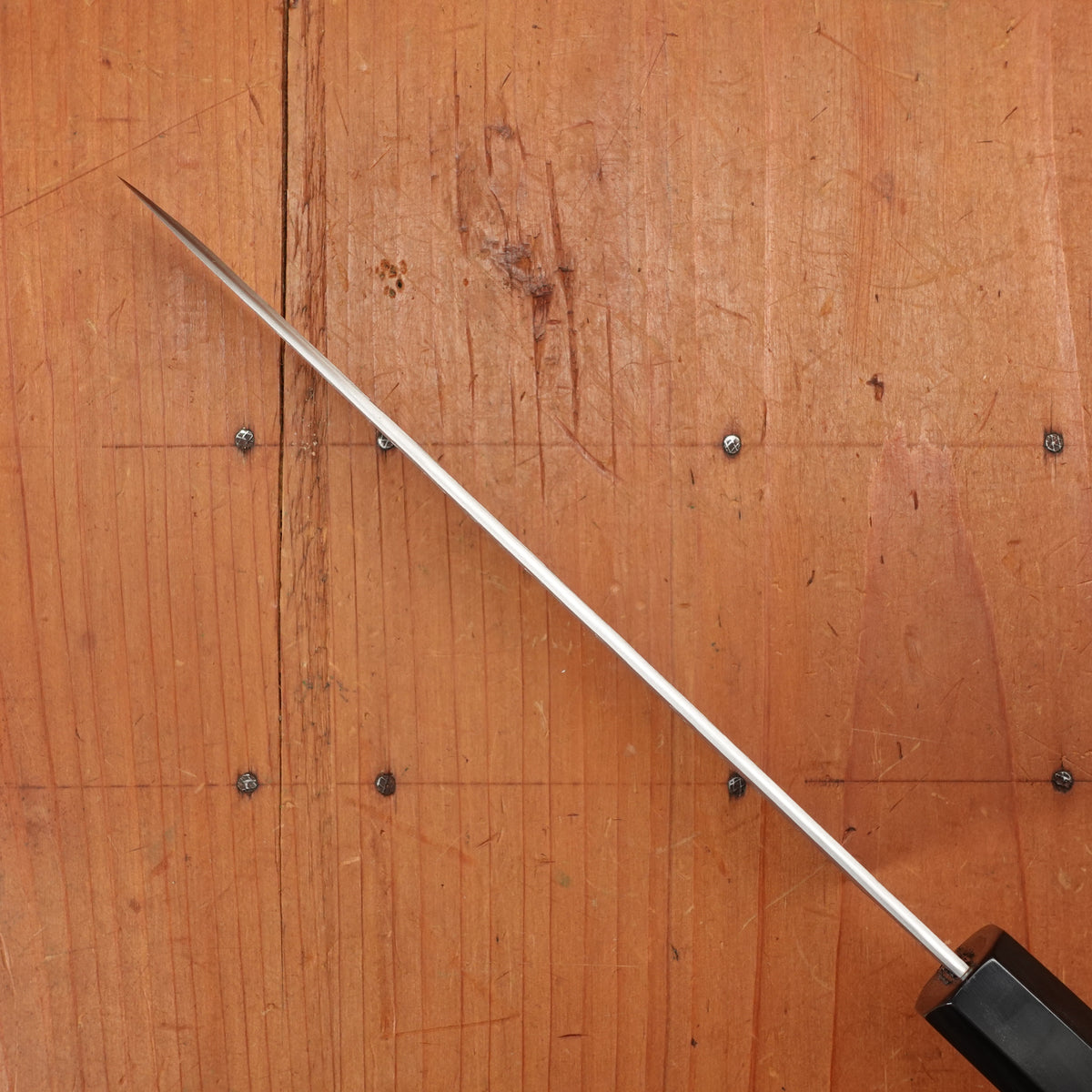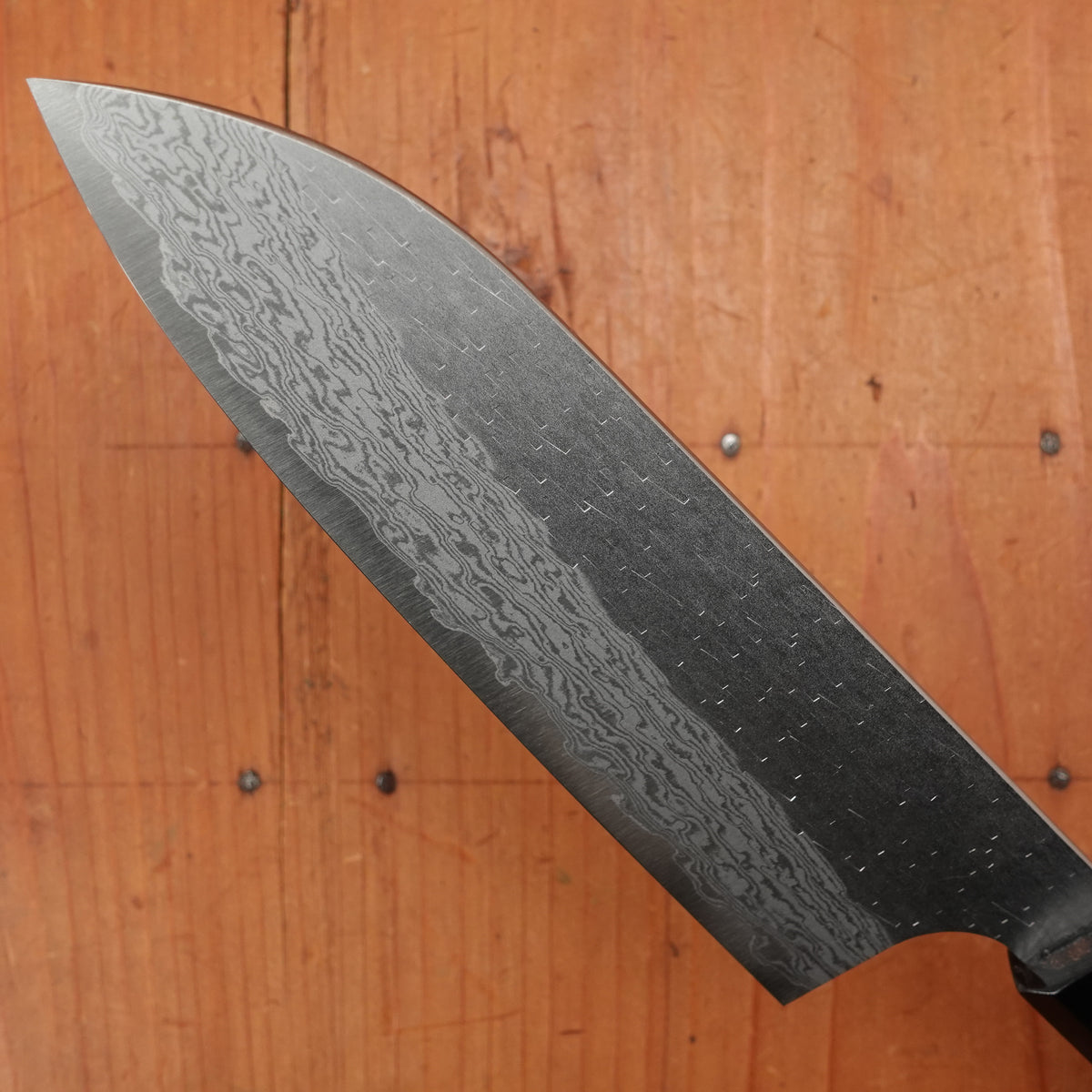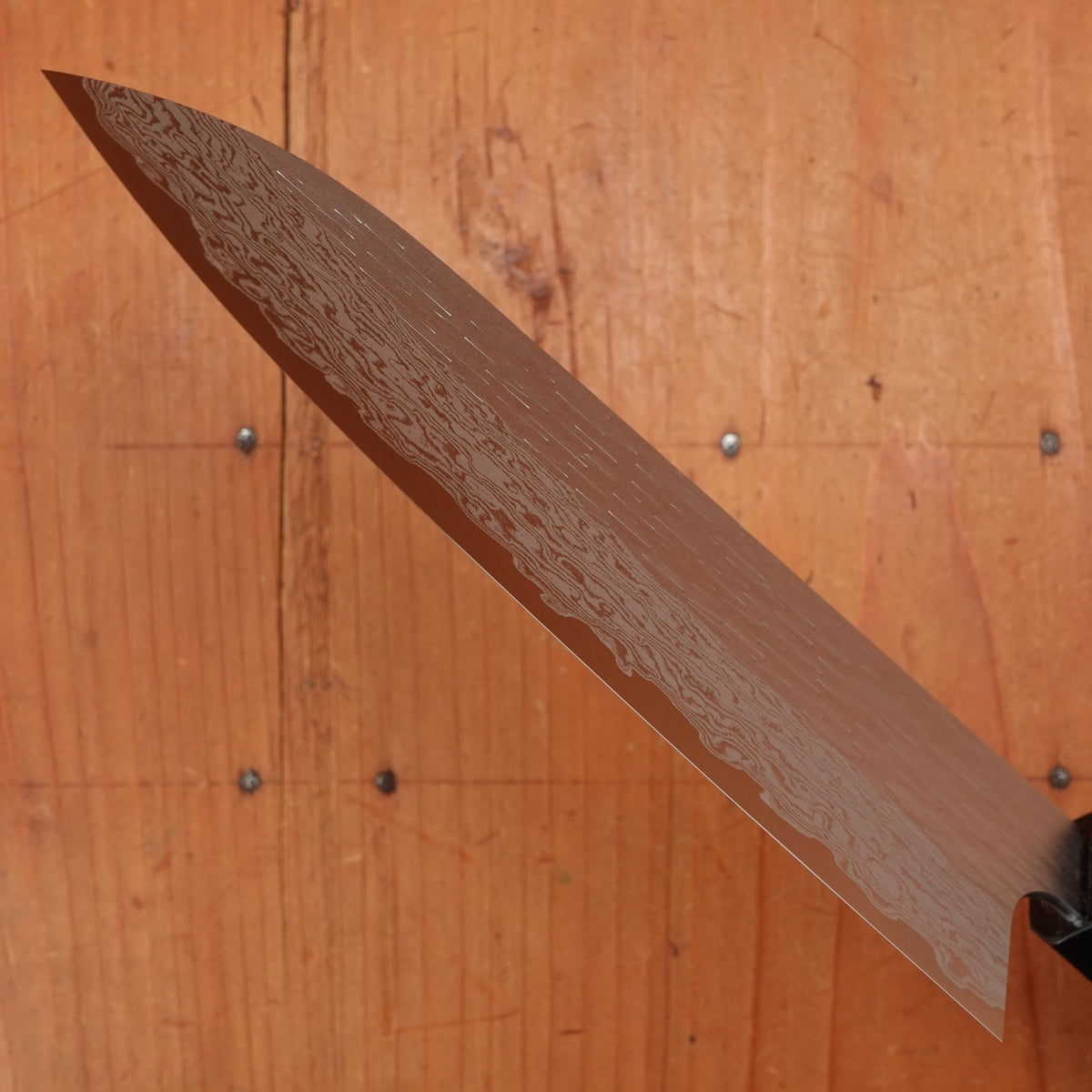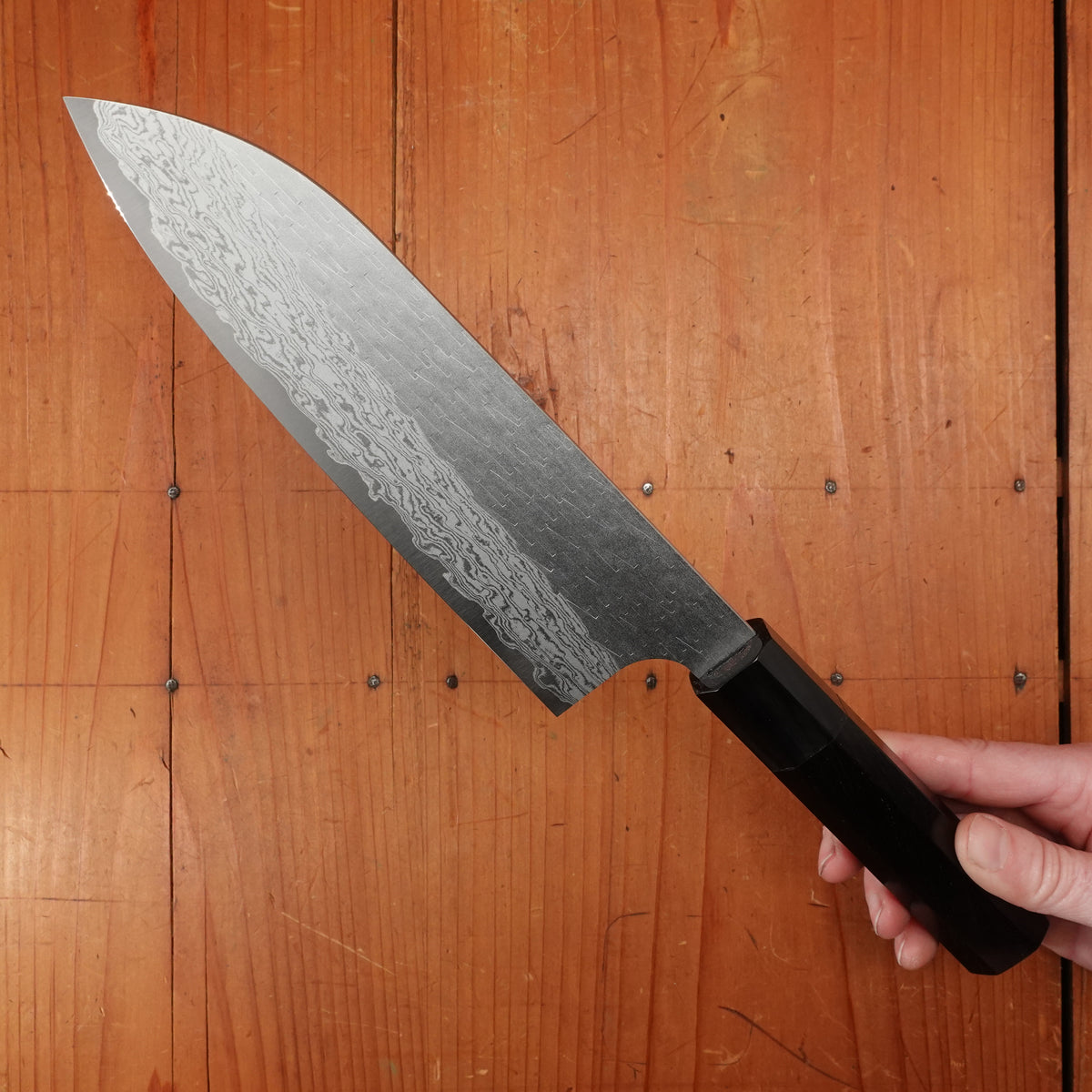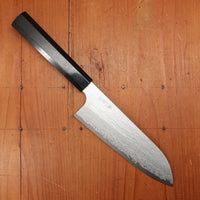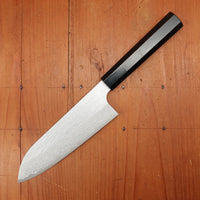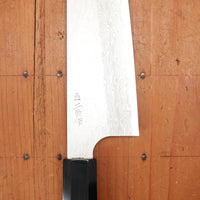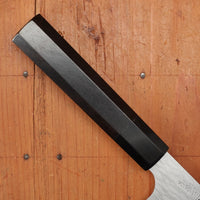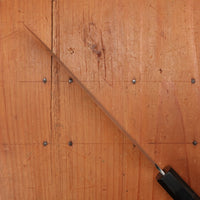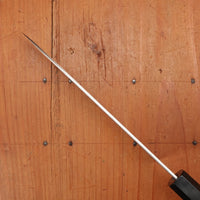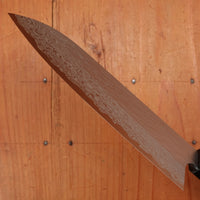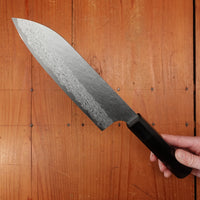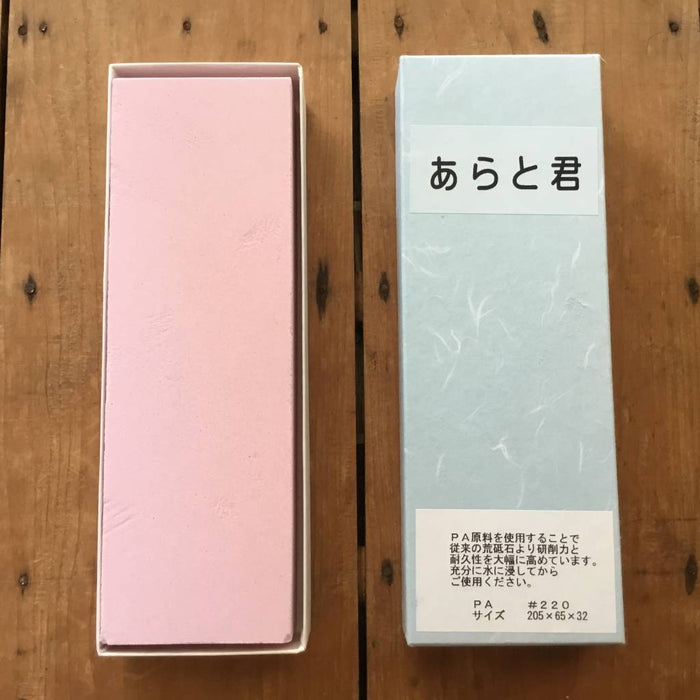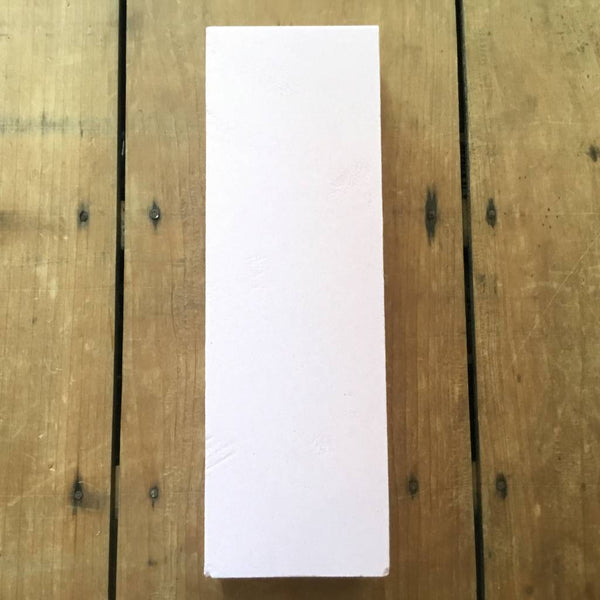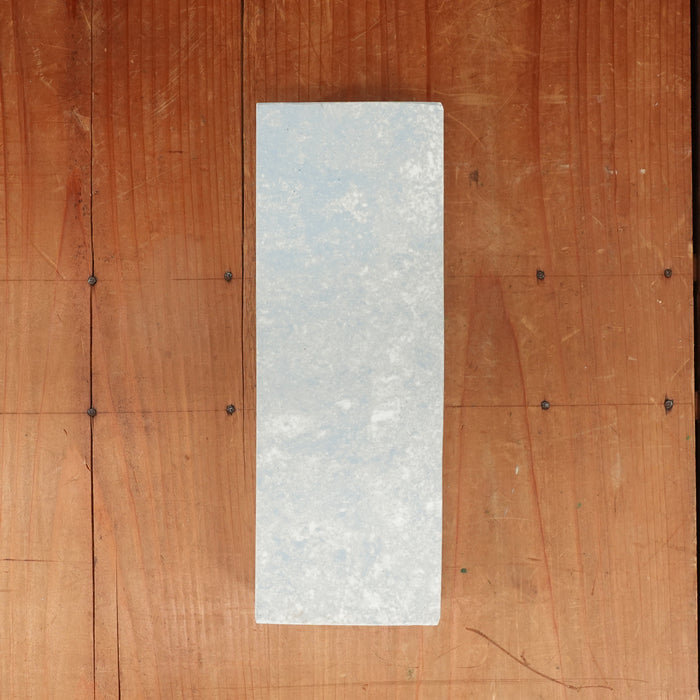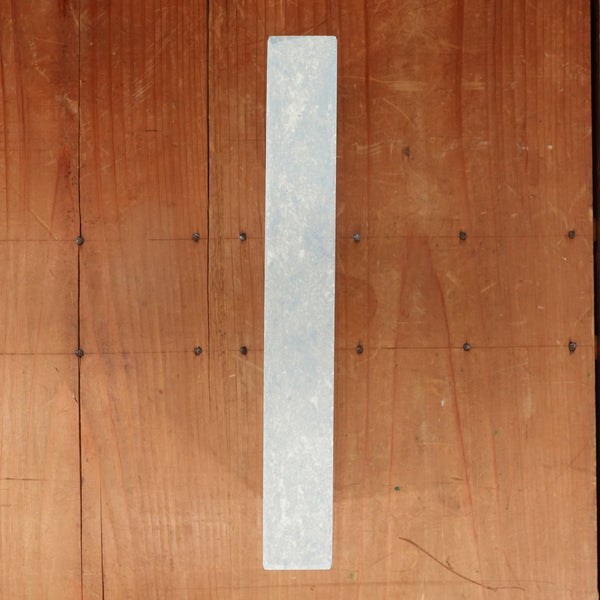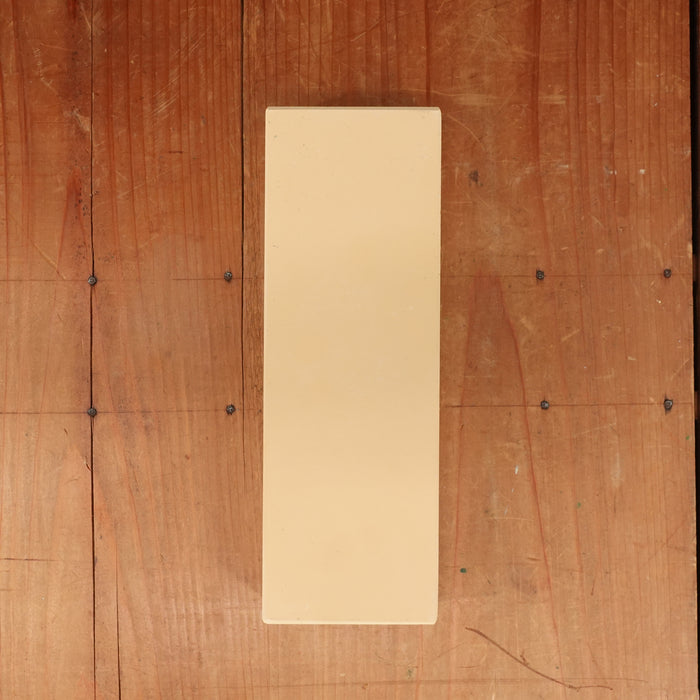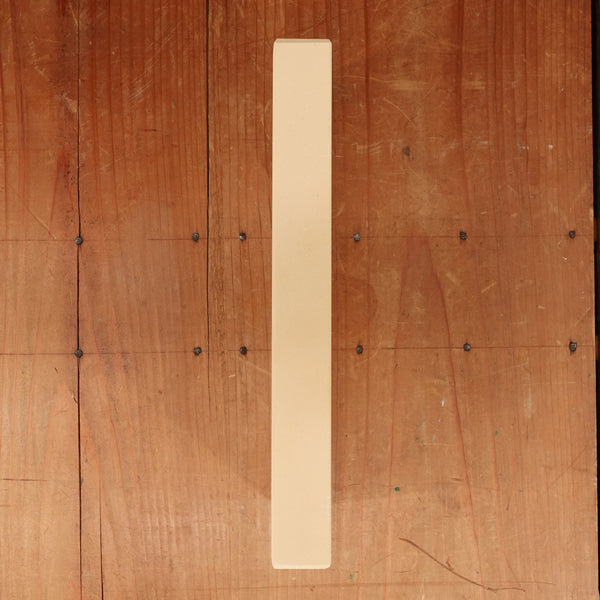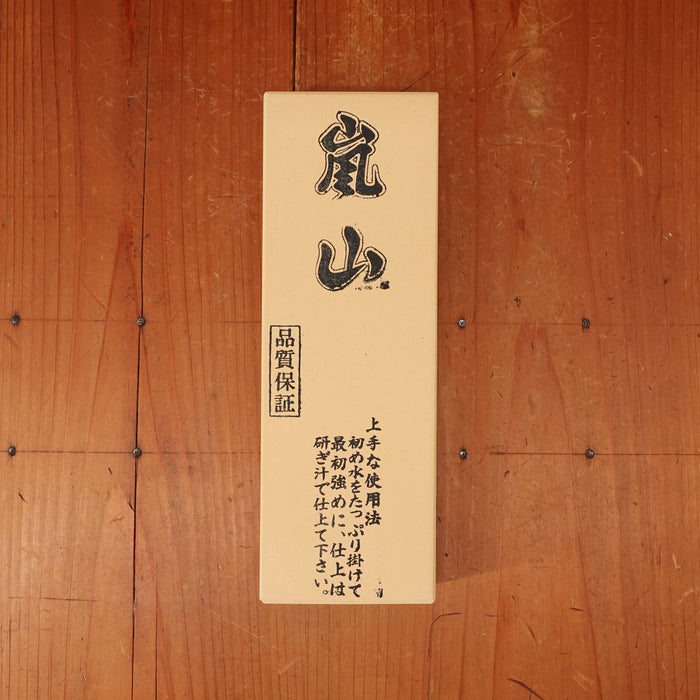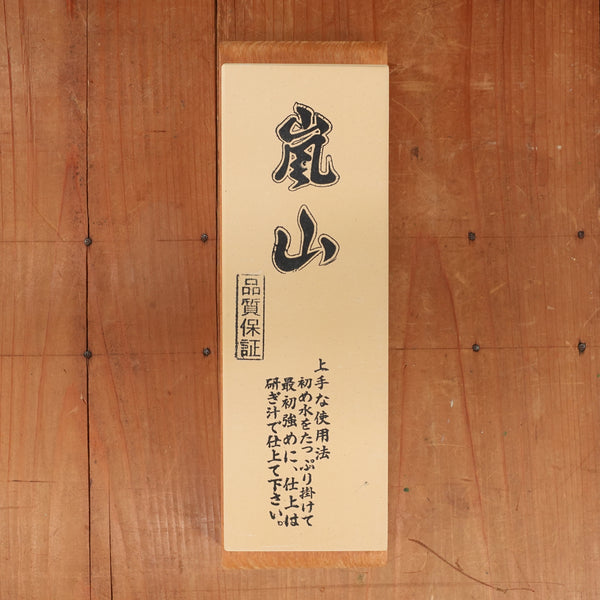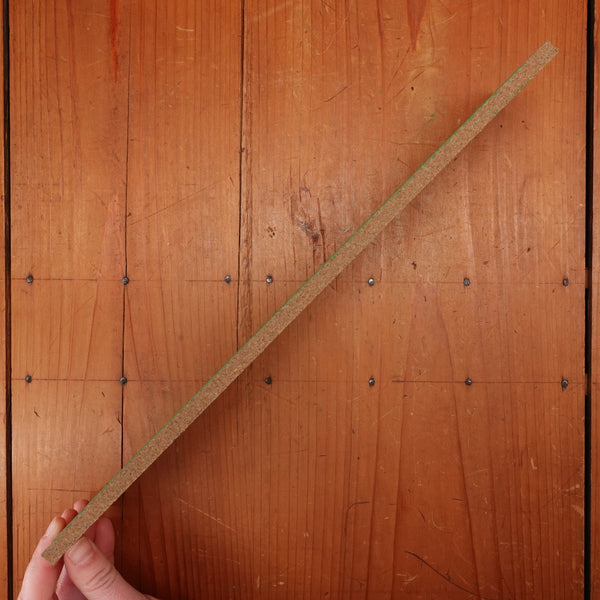Nigara Hamono 185mm Santoku VG XEOS Ebony Handle
-
Regular Price
-
$460.00
-
Sale Price
-
$460.00
-
Regular Price
-
Sold Out
-
Unit Price
- per
- Regular Price
- $460.00
- Sale Price
- $460.00
- Regular Price
- Unit Price
- per
A sturdy santoku that's ground to a fine edge for a solid but precise cutting feel. The XEOS steel lends some toughness that other thinly ground knives sometimes lack.
We have not found it difficult to sharpen compared to other Japanese stainless steels and our initial tests point to nice edge life and edge formation from this steel.


Listed Length: 185mm
Total Length: 315mm
Edge Length: 173mm
Heel Height: 50mm
Spine Thickness: 2.26mm
Weight:
Orientation: Ambidextrous
Blade Type: Stainless Steel
Steel Type: VGXEOS
Steel Hardness (HRC): 61
Maintenance: Less Attention
Handle Type: Japanese (wa)
Handle Material: Ebony & Horn Ferrule
Dive Deeper
Medium-Fine finish - Japanese
Sharpening Supplies
Stones & Accessories selected specifically for this knife.
Arato-kun #220 Extra Coarse Grit Whetstone
- Regular Price
- $34.00
- Sale Price
- $34.00
- Regular Price
-
- Unit Price
- per
Bernal Cutlery Takarazukushi 1200 Grit Blue Marble Semi-Soft Ceramic Japanese Whetstone
- Regular Price
- $74.00
- Sale Price
- $74.00
- Regular Price
-
- Unit Price
- per
Bernal Cutlery Takarazukushi 4000 Grit Yellow Semi-Hard Resinoid Japanese Whetstone
- Regular Price
- $82.00
- Sale Price
- $82.00
- Regular Price
-
- Unit Price
- per
Arashiyama #6000 Whetstone Stone NO Wooden Base
- Regular Price
- $58.00
- Sale Price
- $58.00
- Regular Price
-
- Unit Price
- per
Arashiyama #6000 Whetstone With Nagura Stone and Wooden Base
- Regular Price
- $62.00
- Sale Price
- $62.00
- Regular Price
-
- Unit Price
- per
Bernal Cutlery Monodiachrome™ Precharged Deburring Strop
- Regular Price
- $40.00
- Sale Price
- $40.00
- Regular Price
-
- Unit Price
- per
VGXEOS

